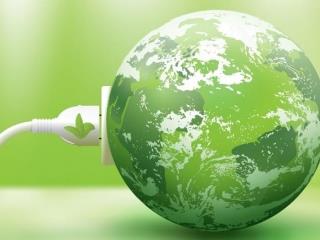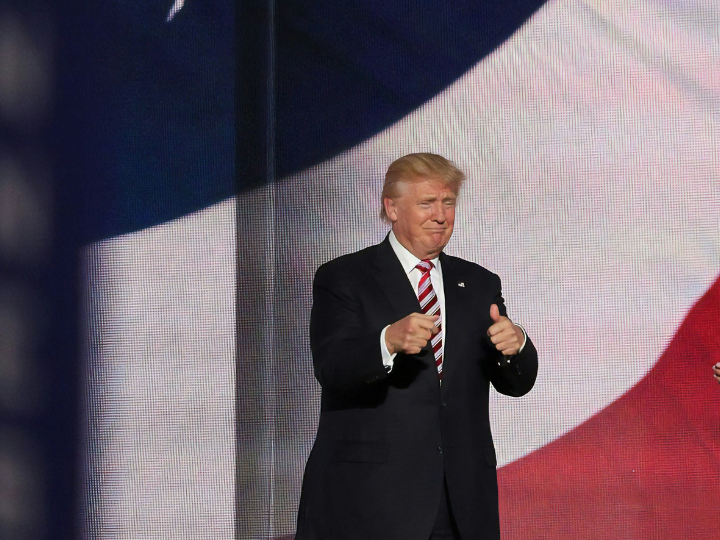By Martin Banks
The metals and mining industry used to be very much the “bad boys” when it came to the environment.
But, increasingly, metals and mining companies are now seen as a driving force behind the sustainability solution.
After years of being the “wrong-doers” they are ready to cast off the all-too-common perception that they were part of the problem.
One good example is Nornickel, a leading metals and mining company which has introduced a whole raft of green-friendly steps designed to cut its carbon footprint.
A measure of its efforts in this regard can be seen by the fact that the group’s total environmental protection expenditure has rocketed by a whopping 117.9% in recent years.
A senior Brussels-based source at the influential environment directorate (DG) of the European Commission sums up the current mindset, telling this website, “Big metal producers can no longer afford to be environmental villains. This is regardless of whether they are good and responsible or greedy and cheap. As their sales are increasingly linked to the green economy, be it electric vehicles, wind turbines or environmentally friendly construction materials, being a polluter means that you will also lose clients as well as losing shareholders and investors.”
The pendulum has swung so far the other way that, today, it is common for investors to screen companies for ethical social, environmental and generally responsible conduct.
All this is all a far cry from the relative recent past.
In the 1990s mines in the US, for instance, dumped 850 gallons of wastewater containing radioactive thorium and uranium into the desert.
In 2000, 2.4 gallons of acidic copper was leaked into China’s Ting River, killing over 2,000 metric tons of fish. Years of environmental neglect and underinvestment during the late Soviet era resulted in soil pollution and acidic rains in the Russian north.
Georg Kell, of the UN environmental initiative Global Comact, recalls that, 20 years ago, neither investors or customers much bothered about sustainability, saying, “Pollution was free, labour was just a coast factor and scale and scope was the dominant strategy.”
His sentiments are echoed by Mike Abbot, director of Wealth at Sable International, who notes that anyone in the past wishing to hold a strictly ethical portfolio would expect to pay a “substantial” sum in extra costs.
Despite the fact that sustainable mining practices have been a concern for more than 50 years, they are now more important than ever. Who, the argument goes, would choose to buy an electric car if the components in its battery were made by a notoriously polluting company?
As demand for resources continues to grow, mining companies are now focused on figuring out how to deliver raw materials as efficiently and sustainably as possible. The metals and mining sector is in a unique position to play a vital role in making a sustainable world a reality, partly because the industry’s impact is global. It operates on every continent except Antarctica and provides materials found in nearly every product.
Over the past decade, government policies and a rise of social consciousness have led to the increase in sustainable investments, or environmental, social and governance (ESG) investments as they are known in the jargon. For mining companies like Nornickel, probably the single biggest incentive to become more eco-friendly was the changes in the demand for what they produce.
Like everywhere, the growing green sector requires metals and more of them. Electric vehicles (EVs), for example, are selling eight times faster than the overall market.
In China, US and Europe the global EV market will make up over 60 per cent in 2040.
Wind power is one of the world’s fastest expanding industries while solar power’s growth rate has shot-up by 30 per cent. Nickel is one of the metals that benefits the most from the rise. It is a preferred component of EV batteries because it is cheaper than cobalt.
Nornickel, responsible for about 5 per cent of Russia’s natural resources industrial output, was once deemed one of the country’s major polluters: at the start of its environmental programme in 2013, most, if not all, of the company’s environmentally unfriendly smelters dated back to the 1950s.
However, times have rapidly changed and its newest environmentally-friendly initiative called ‘Sulphur Project’, which is aimed at recycling toxic sulphur dioxide emissions, will cost the company a cool $2.5bn.Sulphur Project is considered to be the cornerstone of the group’s massive $20 billion environmental programme whose aim is to cut sulphur dioxide emissions in the company’s hometown Norilsk by 75% by 2023. As a prominent supplier of nickel and copper, the company is clearly placing itself in an excellent position for the rapidly growing green industry.
Speaking at the launch of the flagship Sulphur project, Sergey Menyailo, Vladimir Putin’s Siberian envoy, said, “We must create normal environmental conditions for people if we want to develop. The fact that Nornickel has launched such an ambitious project is a requirement of our time.”
To minimise its impact on the climate, the company, which in the largest producer of palladium and high-grade nickel in the world, has a long-term strategy to upgrade its production facilities using the best available technologies, improving energy efficiency, and implementing measures that encourage energy saving and lower energy consumption.
Its Biodiversity Conservation Policy, meanwhile, focuses on areas such as land rehabilitation, cooperation with nature reserves and reproduction of aquatic bioresources. The “Let’s Do It” project, another environmental initiative, plays an increasingly important role and brings together thousands of its employees to support nature reserves, clean up certain areas and transplant young trees. The company, the world’s largest producer of refined nickel, supports the creation of multiple eco-trails, including the first eco-trail for children called “A Curious Child out in the Woods.”
But Nornickel is not resting on its laurels. It most recent Sustainability Report, in 2018, includes information on starting the second and latest stage of its environmental programme, including an Integrated Action Plan to Reduce Air Pollutant Emissions. The report evaluates the impact of the company’s vehicle fleet and presents details of efforts to manage the company’s climate impact, reduce greenhouse emissions and save energy.
The company, which accounts for 0.7 per cent of Russia’s GDP, is also committed to meeting the growing demand for battery materials used in green-friendly electric vehicles and fully supports the UN’s much-vaunted Sustainable Development Goals (SDGs).
So, why does all this matter?
Well, Unilever recently conducted a study which found that more than a third of consumers now choose to buy brands that are believed to have positive social and environmental impacts. That means manufacturing companies now have to very carefully choose where they source their materials from, giving preference to sustainable contractors.
Little wonder, then, that prominent mining companies are spending billions in improving their ESG ratings and, doing so, are seriously boosting the “green” economy. Isabelle Mateos y Lago,of Black Rock, the investment management company, is not joking when she says, “ESG is no longer just something for a few tree-hugging individuals to get involved with.”




 By: N. Peter Kramer
By: N. Peter Kramer
